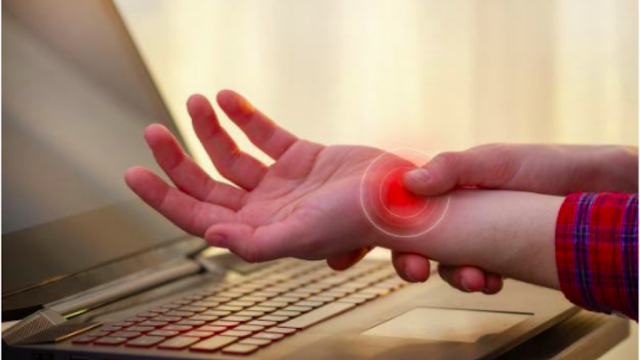Useful Tips From Experts In Spine Care
Spine care is one of the most important aspects of taking care of your health. Millions of people are affected by back pain every day. And beyond living with the pain itself, this kind of condition can lower your quality of life, causing you to miss work and social activities that you enjoy and preventing you from being able to accomplish even simple, everyday tasks.
A strong and supple spine can help make your activities of daily life more comfortable and less painful. Take time to treat your spine to several of these small tips and make them a part of your everyday spine care routine:
1. Exercise: Exercise is essential when it comes to maintaining a healthy spine—and it can also aid in rebuilding an injured spine. You don’t need to be an expert in physical fitness to indulge your spine with regular exercise. A simple exercise program that focuses on stretching and strengthening the back, hamstrings, and abdominal muscles can go a long way toward:
> Distributing nutrients into your spinal discs and soft tissues
> Reducing inflammation and accelerating your healing process
> Keeping your muscles, ligaments, and joints healthy
While some people like to exercise in the morning, others prefer to work out in the evening. An initial period of trial and error will help you figure out the best time to exercise. Always remember to start slow and take guidance from a trained professional, if necessary.
2. Rethink your sitting posture: Your spine has a series of natural curves, and if your sitting posture does not support these arches, over time, you may damage your sensitive spinal nerves. Sitting increases the load on your spinal discs by 40%—which may cause them to generate pain over time or herniate, causing spinal nerve inflammation or compression. If you have a job that involves a lot of sitting, take time to adjust your office chair and desk to make them ergonomically aligned to support your spine. Other options are to work at a stand-up desk or sit on an exercise ball for a portion of the day. It is also important to stretch and walk around every hour.
3. Go for a walk to help support your spine: The benefits of walking are plentiful, including strengthening your core muscles that keep your body upright, nourishing your spinal soft tissues with necessary nutrients, increasing the flexibility of your spine, improving balance, strengthening your bone structure.
If you're in pain, be sure to get clearance from your doctor before starting any new walking program. Often, a doctor's recommendation will be for you to walk as much as can be tolerated. If you are new to walking, or if you're dealing with pain, start out with a few short walks each day rather than a single long walk.
4. Practice good ergonomics while sitting—and limit total sitting time: The discs in your lower spine are loaded more while sitting than standing, so long periods of sitting can create or aggravate a painful back condition. Moreover, when sitting at a desk and/or looking at a computer screen, our natural tendency is to slouch and lean forward, stressing our lumbar discs even more. Choosing the right office chair and practising good posture while seated plays important roles in supporting the natural curves of your back.
5. Be aware of your sleeping posture: When you lie down to sleep, use a pillow that supports the natural curve of your neck and lower back. Depending on your sleep position, you will need different kinds and placement of pillows.
If you sleep on your side, use a thicker pillow to ensure your neck and head are positioned in the middle of your shoulders. Also, consider placing a pillow between your legs to take the pressure off your lower spine. If you sleep on your back, use a medium thickness or flat pillow so that your neck is not propped up too high. Also, place a pillow under your knees to help maintain the normal curvature of your lower back. As a general rule, avoid sleeping on your tummy or curling up too much in a fetal position as these positions can make your back more susceptible to injury and pain.
Strolling, laughing, and tossing a ball with the kids. These carefree moments can still be yours. After reading all this be sure that spine care should be on your checklist of maintaining good health.



Comments
Post a Comment